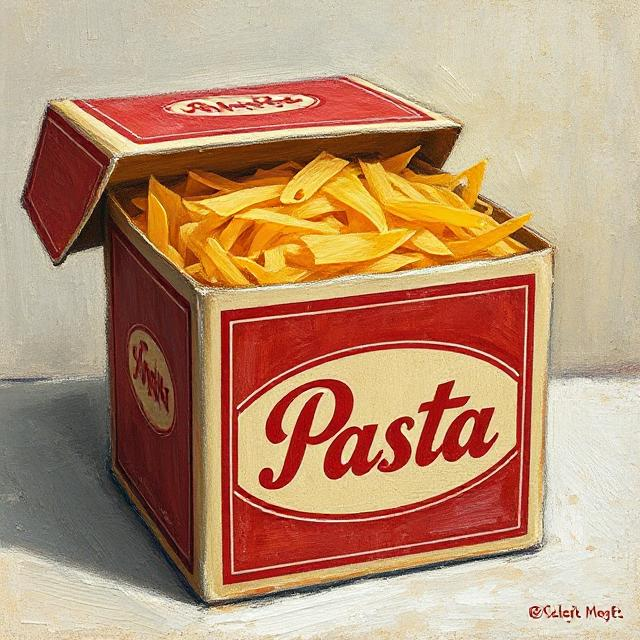The pasta aisle — where carbs whisper sweet nothings, labels lie in tiny print, and it’s far too easy to roll out with five boxes of regret and a sodium overload.
But for older adults and those managing obesity, this carb kingdom can be both comforting and confusing. Here’s what to look out for when you’re cruising the spaghetti strip.
“Whole Grain” Is Your Wingman — But Only If It’s Real
Watch for: Packaging that shouts “whole grain” but only contains a sprinkle of the good stuff.
Why it matters: Whole grains are rich in fiber, which helps with digestion, cholesterol, and feeling full. That’s key for managing weight and blood sugar.
Quick fix: Look for “100% whole wheat” or check that whole grain flour is the first ingredient.
The Sneaky Sodium Saboteurs
Watch for: Pre-flavored pastas, pasta kits, or boxed mac & cheese with enough salt to preserve a mummy.
Why it matters: High sodium raises blood pressure, increasing the risk of stroke and heart disease—already concerns for older or obese individuals.
Quick fix: Choose plain pasta and season it yourself. If the box contains more chemicals than an 11th grade lab, put it back.
The Portion Trap: “Who Eats Just Half a Cup?!”
Watch for: Serving sizes that are basically a polite suggestion.
Why it matters: That innocent “200-calorie” pasta serving might actually be triple that once it’s on your plate.
Quick fix: Know that a healthy serving is about ½ to 1 cup cooked. Try using a smaller bowl — and eat slowly, so your stomach can file the “I’m full” memo.
High-Protein, Low-Carb, Keto-Confusion
Watch for: Trendy pastas made from lentils, chickpeas, or mysterious “konjac root” that promise to solve all your problems.
Why it matters: Some of these are great alternatives, others are…texture-challenged nightmares that don’t satisfy.
Quick fix: Experiment! Many seniors and people managing weight find success with legume-based pastas, which are higher in protein and fiber. Just don’t buy 5 boxes until you’ve taste-tested.
Accessibility & Aisle Fatigue
Watch for: Top-shelf items, narrow aisles, or confusing layouts that make the pasta section feel like an obstacle course.
Why it matters: If you’re dealing with mobility issues or fatigue, the grocery store should be a sprint, not a marathon.
Quick fix: Go with a list. Better yet, use grocery pickup when possible — or bring a buddy to be your pasta assistant.
The pasta aisle may be deliciously deceptive, but with a little savvy shopping, it doesn’t have to derail your health goals. Whether you’re watching your blood sugar, managing your weight, or just trying to avoid high blood pressure, remember: It’s not about giving up pasta — it’s about picking the pasta that gives back.




